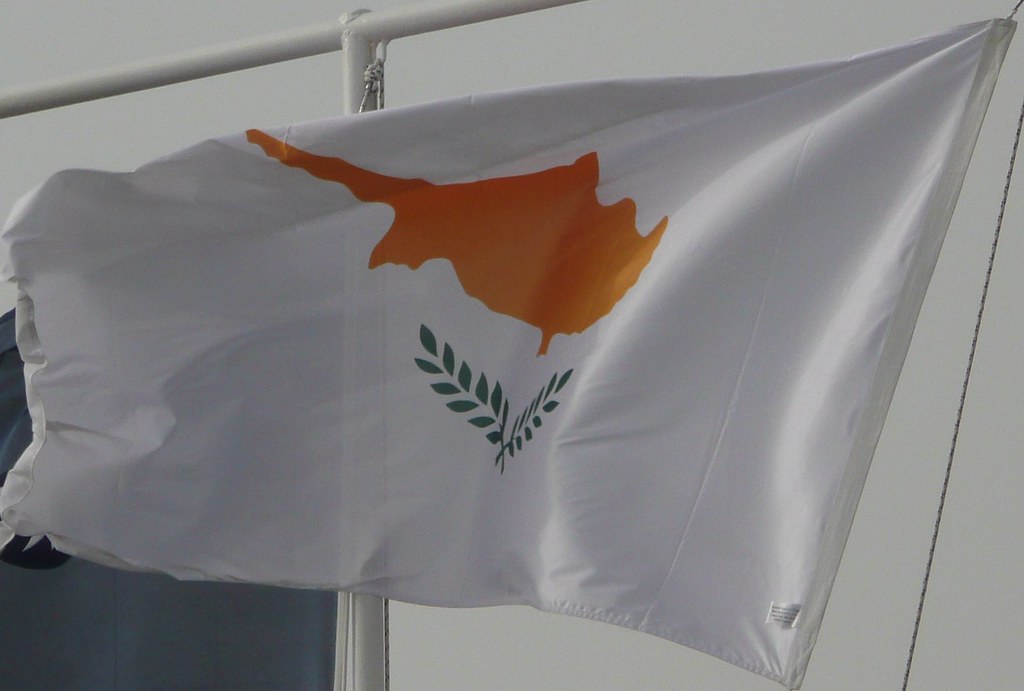Sometimes I come up with a simple question and I think I’ll get, and even want, a simple answer. Writing these Twelve Mile Circle articles is a lot easier when I’m able to come to a conclusion quickly. Then I can move on with my weekend. Other times the story gets a lot more complicated, like today. I wanted to know the smallest country with more than one time zone. Simple, right? Not so fast. Things turned convoluted very quickly.
Federated States of Micronesia

I supposed, technically, that honor should go to the Federated States of Micronesia. Its land area covered only 702 square kilometres (271 square miles) split into two time zones. For purposes of my little quest I considered land area only. Who really cared about water? Nobody lived on the water except for a few passing boats and they could follow whatever time they wanted to observe. So I looked at land area. Micronesia had the least land of any multiple time zone country.
However, this nation didn’t include any time zones crossing over land as one would observe in larger countries. FSM stretched 2,700 km (1,678 mi) across the Pacific Ocean along the Caroline Islands archipelago. Two of its states, Yap and Chuuk observed Coordinated Universal Time +10:00 (UTC+10:00). The other two, Kosrae and Pohnpei, observed UTC+11:00. Half of its hundred thousand citizens lived on Chuuk (map).
FSM seemed like a bit of an artificial creation, controlled by Portugal and then Spain until Spain’s defeat in the Spanish–American War. Spain then sold the Caroline Islands to Germany who lost them to Japan as a result of the First World War. Japan held onto the islands until its defeat in the Second World War. Then it became a United Nations Trust Territory administered by the United States. Finally the Federated State of Micronesia gained its independence in 1986 in a Compact of Free Association with the U.S.
In spite of its arbitrary origin and its crazy geographic spread, I supposed it still met the definition of the smallest nation with more than one time zone. That didn’t really leave me satisfied, though.
Cyprus

Cyprus also seemed problematic. The nation consisted of a single land mass, an island in the Eastern Mediterranean Sea. Two time zones definitely existed there in a manner of speaking. However that occurred only because of Northern Cyprus.
Cyprus gained its independence from the United Kingdom in 1960. The island included significant Greek and Turkish settlements so establishing sovereignty required skillful negotiations. This resulted in a tripartite treaty between the UK, Greece and Turkey called the Zürich and London Agreement. Then, in 1974, a military junta staged a coup intending to unite Cyprus with Greece. Turkey responded with force, invading the island and seizing about a third of it. Turkey established Northern Cyprus and evicted about two hundred thousand Greek Cypriots. The international community, with the exception of Turkey, did not and still does not recognize the sovereignty of Northern Cyprus.
Nonetheless, the Turkish army stationed in Northern Cyprus, created a de facto situation that split the island. Both sides established their capital in Nicosia (map), on separate sides of a U.N. buffer zone.
Every other nation may claim that a single government covers the entirety of Cyprus and the Cypriot flag may show a unified nation, however Turkish troops enforced a different reality. Cyprus observs time zone UTC+02:00. Northern Cyprus follows UTC+03:00, the same as Turkey. Half of the year, during the summer, they follow the same time because Cyprus observes Daylight Saving Time and Northern Cyprus does not.
Bottom line, if only a single sovereign Cyprus existed without a de facto Northern Cyprus, only one time zone would exist there.
Chilé

Alright, so I still wanted to find the smallest contiguous nation with more than one time zone. I didn’t want something with a bunch of far-flung islands and I didn’t want something arising out of an international dispute. Chilé seemed to be the next best solution.
I wouldn’t actually call Chilé a “small” nation. It ranked 37th in size with a land area of 743,812 square km (287,187 sq miles). Even so, one would expect something fairly large geographically to justify more than a single contiguous time zone. Chilé,by the way, also had a third time zone for Easter Island although I ignored it for this purpose.
Most of Chilé, both by land and people, fell within UTC-04:00. Its southern portion, the Region of Magallanes and Chilean Antarctica observed UTC-03:00. This included the provinces of Última Esperanza, Magallanes, Tierra del Fuego, and Antártica Chilena. Looking at the map, that made sense.
Much of Chilé followed a narrow north-south alignment along the western cost of South America. However it curved distinctly eastward at its southern tip. There it hugged the bottom of Argentina, with a small portion even touching the South Atlantic Ocean. Most of the people of this region lived near Punta Arenas deep within that southeastern curve. It meant that the preponderance of people of the Magallanes Region would be inconvenienced if they followed the same time zone as the rest of Chilé.
This actually happened until fairly recently, with the Magallanes Region making the time zone switch on May 14, 2017.

Leave a Reply